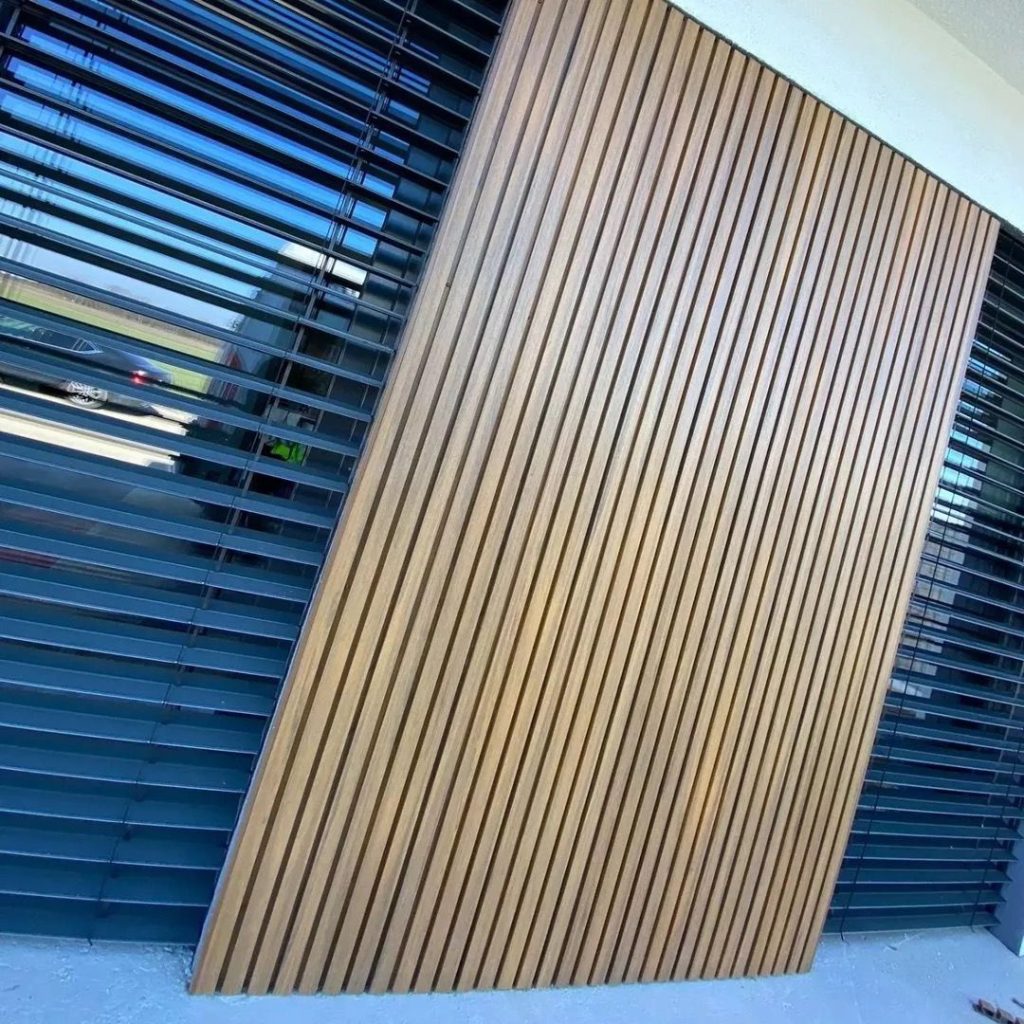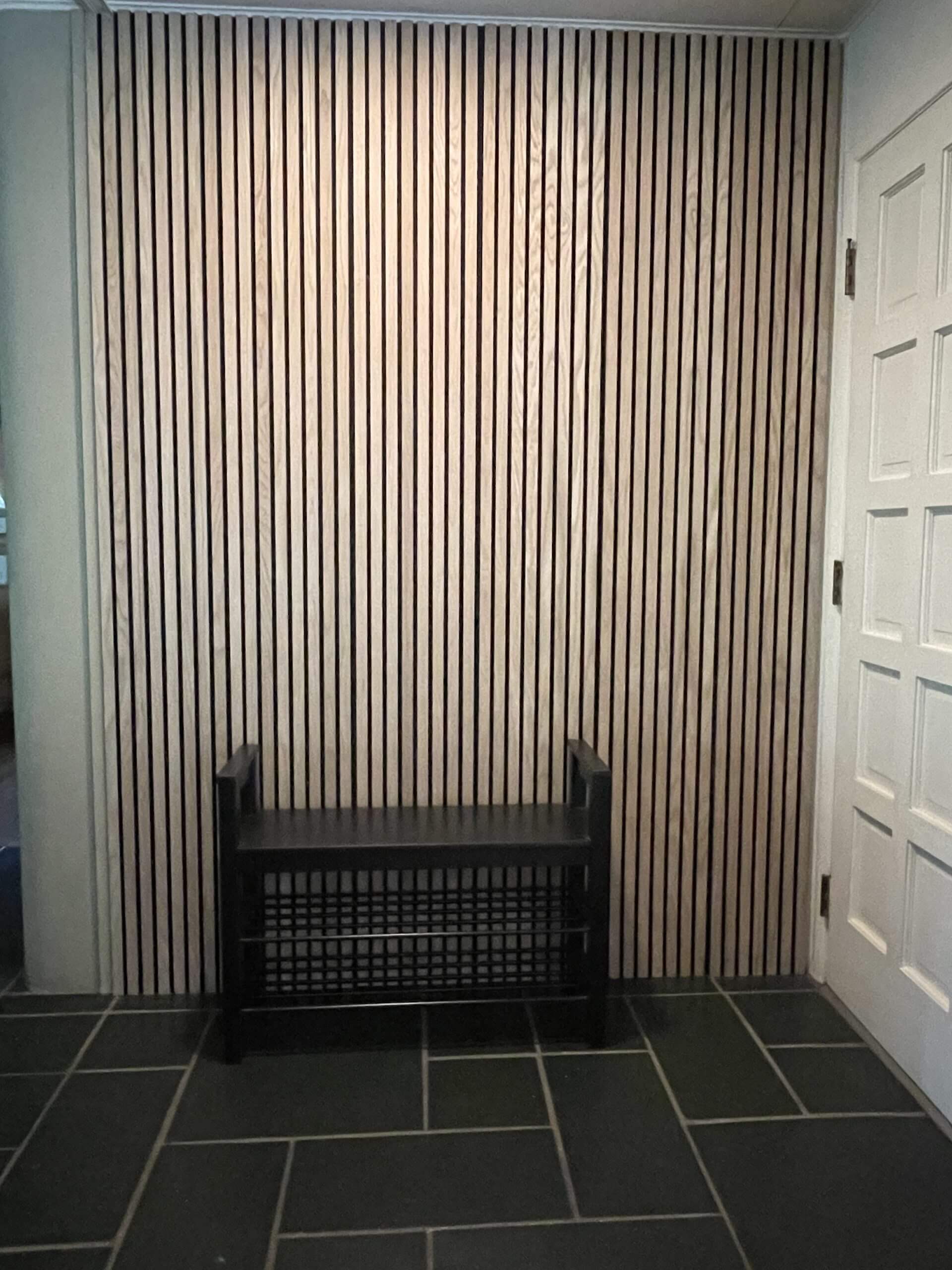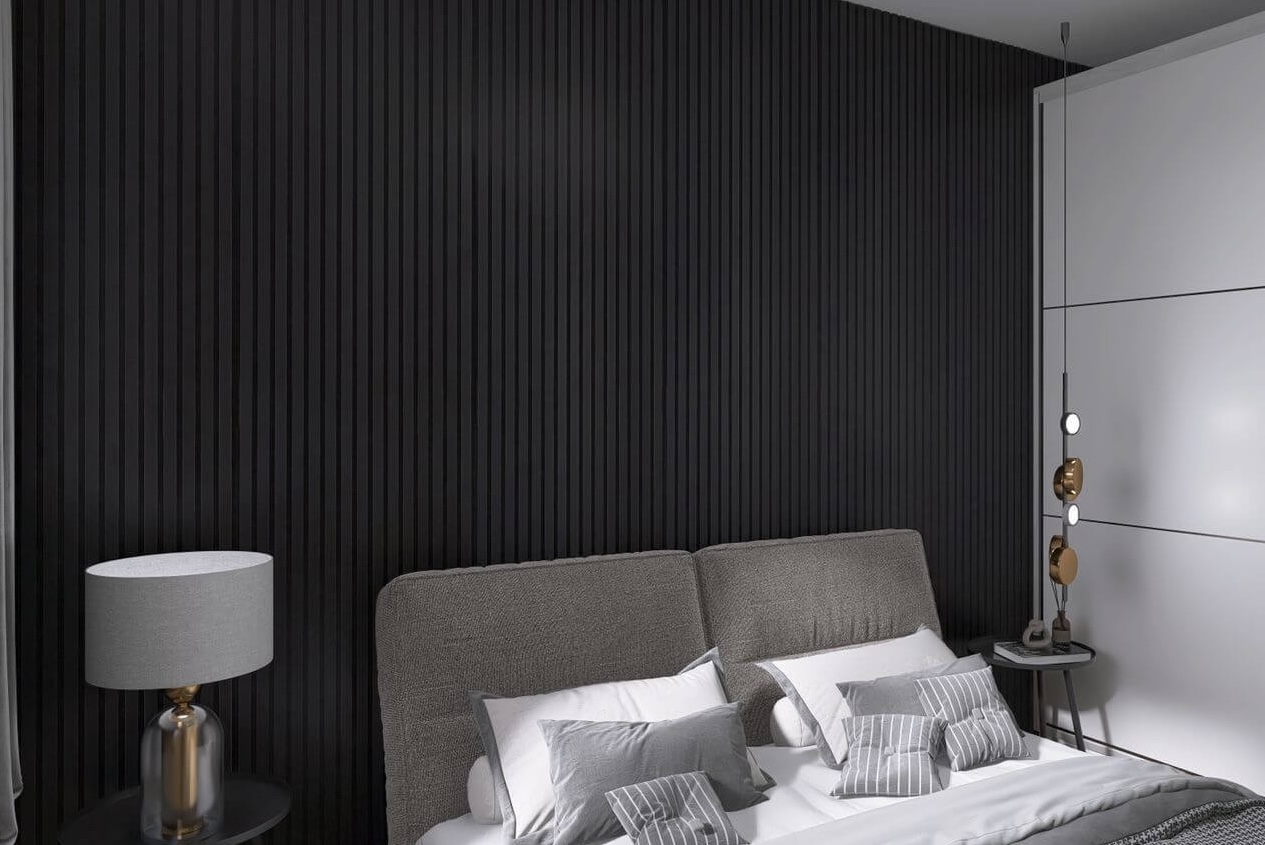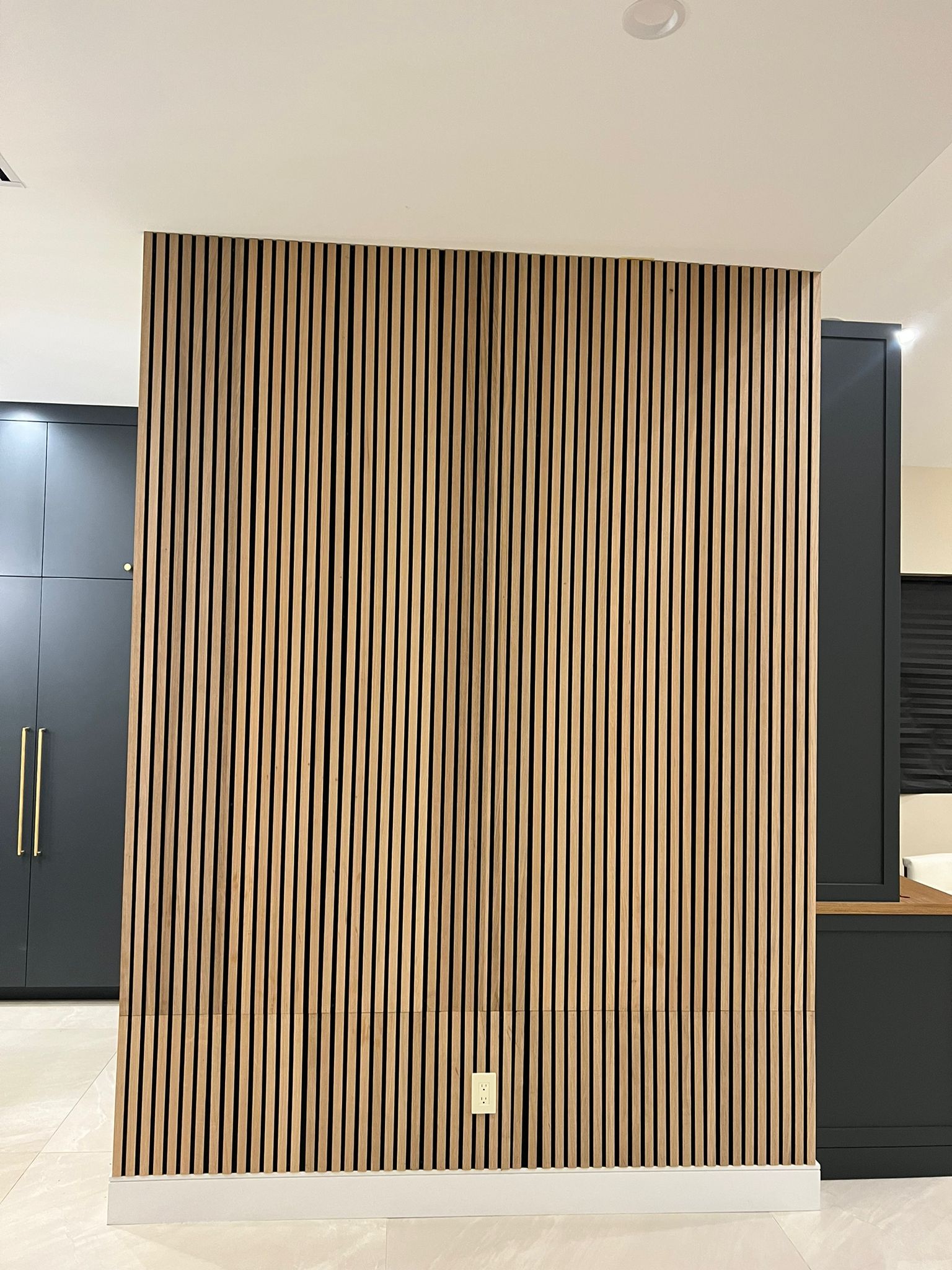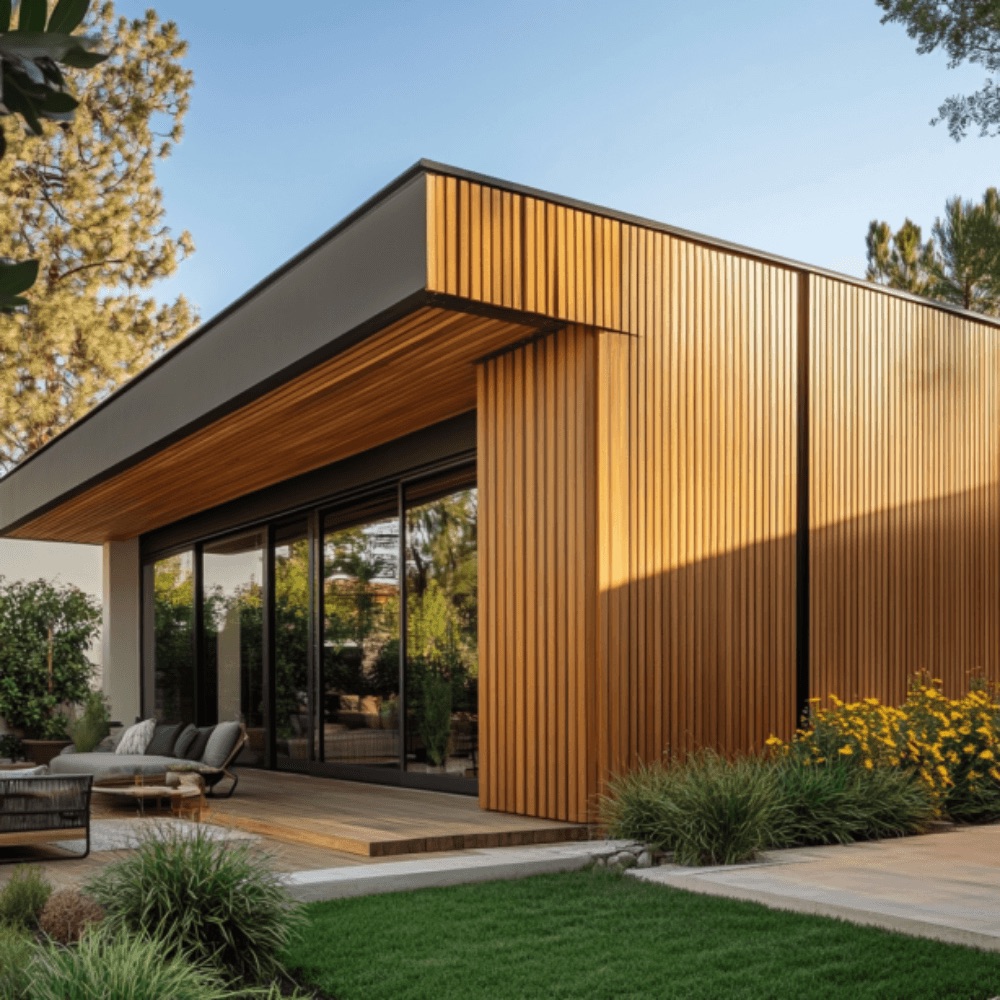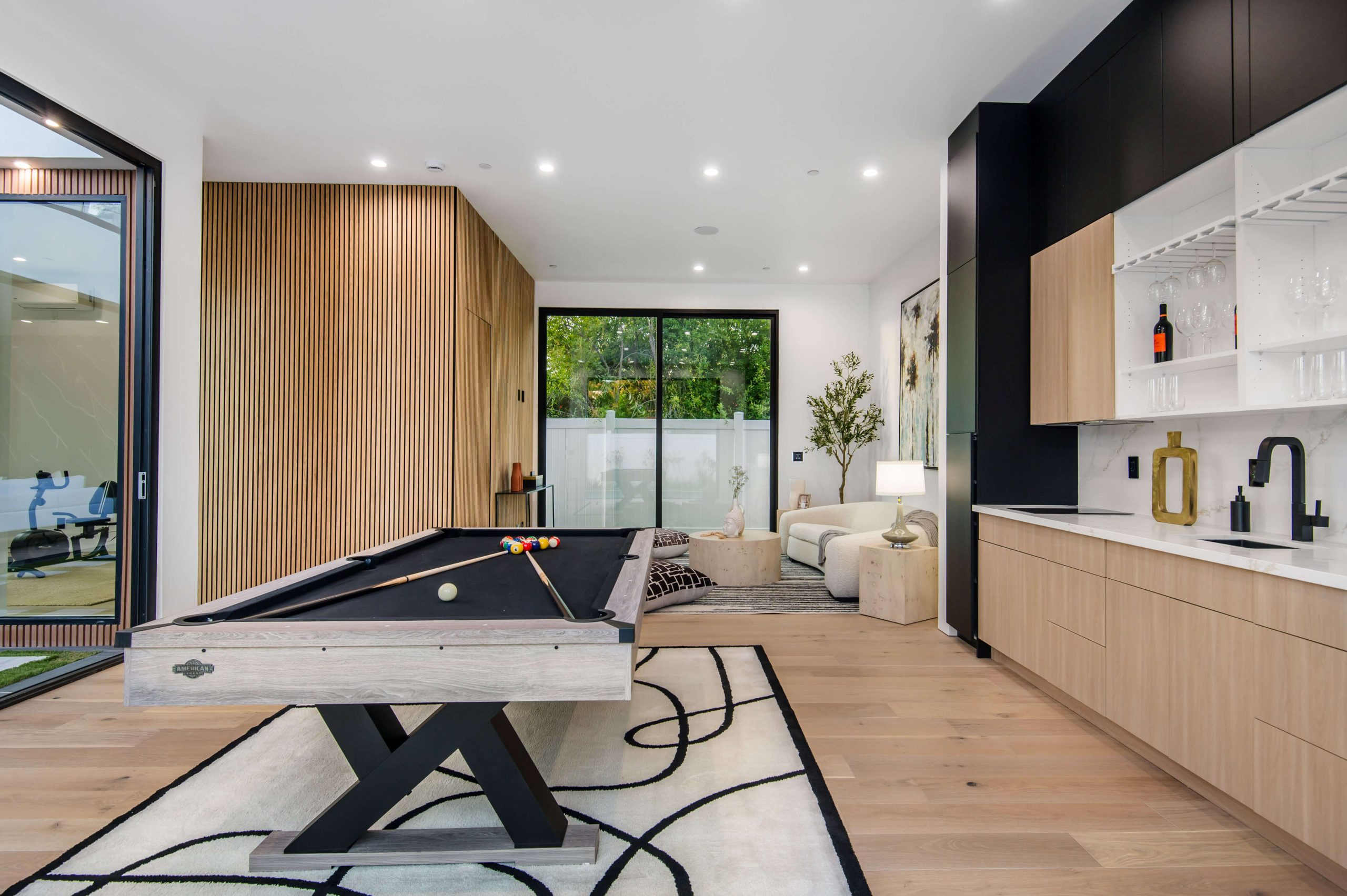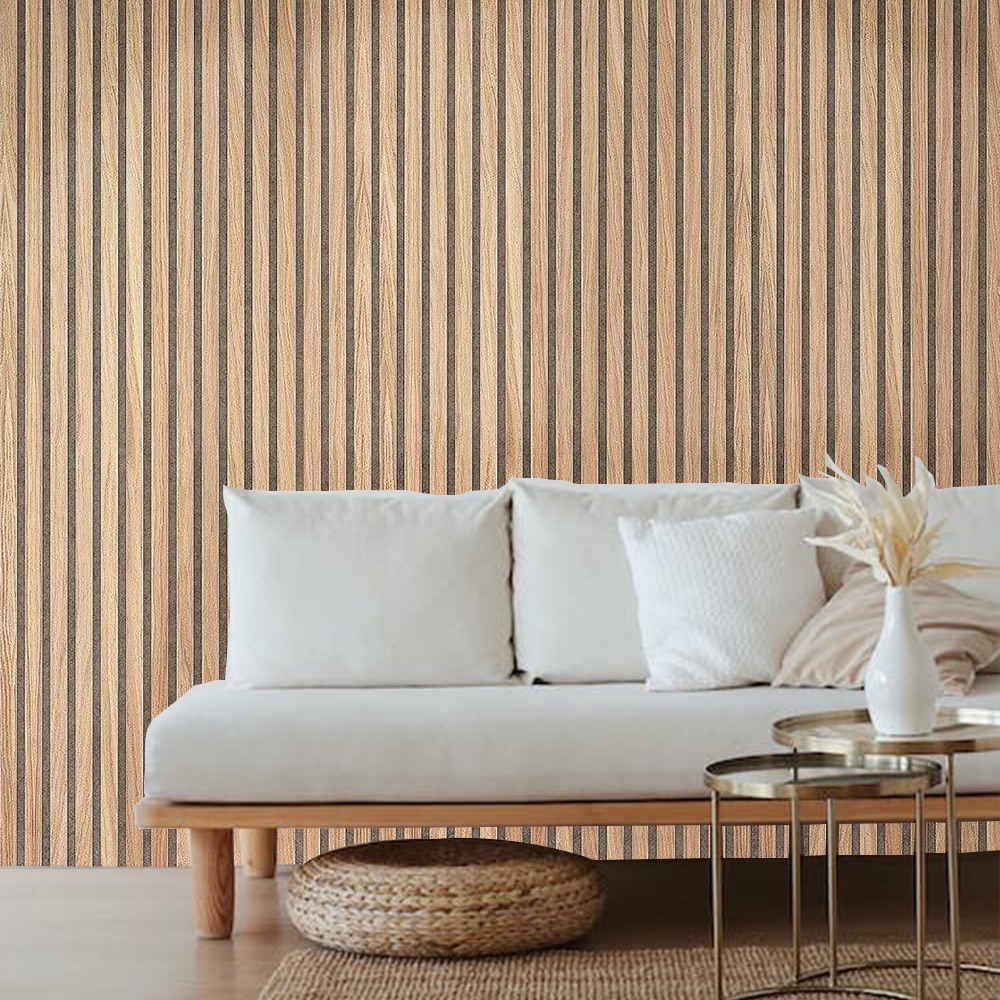When it comes to elevating the appearance and functionality of your outdoor spaces, few solutions are as versatile and stylish as wall panels for outdoor use. Whether you’re a homeowner looking to revamp your backyard or a business owner seeking to create an attractive commercial environment, wood wall panels can provide the perfect balance between aesthetics, durability, and practicality. In this guide, we’ll explore the various applications of wall panels in outdoor settings, offer actionable insights, and help you choose the right materials for your next project.
Why Choose Wall Panels for Outdoor Spaces?
Wall panels have long been a popular choice for indoor use, but their application outdoors offers a host of benefits that go beyond mere aesthetics. Here are some key reasons why wall panels for outdoor spaces are gaining popularity:
- Durability: Outdoor wall panels are designed to withstand harsh weather conditions, making them ideal for exterior applications.
- Low Maintenance: Compared to traditional wood or brick, wall panels are easier to clean and maintain.
- Insulation and Sound Absorption: Many wall panels provide superior insulation and sound absorption, enhancing the comfort of outdoor spaces.
- Versatility: Available in various materials like wood, WPC (Wood-Plastic Composite), and MDF, outdoor wall panels cater to a wide range of design styles and preferences.
By incorporating wall panels into your outdoor design, you can instantly transform patios, decks, garden walls, and even outdoor kitchens into stunning focal points.
Types of Wall Panels for Outdoor Applications
When choosing wall panels for outdoor use, it’s important to consider the specific needs of your environment. The following are some of the most popular materials available for outdoor wall panels:
- Wood-Plastic Composite (WPC) Panels
- Durability: WPC panels are an excellent choice for outdoor settings because they combine the strength of wood fibers with the resilience of plastic. This blend creates a material that is both weather-resistant and long-lasting.
- Aesthetic Appeal: These panels offer the natural beauty of wood while requiring less maintenance.
- Applications: WPC panels are ideal for siding, fences, and decorative walls.
- Natural Wood Panels
- Classic Look: Nothing beats the timeless appeal of real wood. Natural wood panels, such as oak, provide warmth and elegance to any outdoor space.
- Sustainability: Panels made from sustainably sourced wood are environmentally friendly while adding a luxurious touch to outdoor areas.
- Maintenance: Regular sealing or staining may be required to maintain the appearance of natural wood panels, but their rich texture and grain make it worth the effort.
- MDF (Medium-Density Fiberboard) Veneer Panels
- Cost-Effective: MDF panels provide an affordable alternative to natural wood while maintaining a similar look.
- Versatility: MDF can be easily painted or stained, allowing you to customize the appearance of your outdoor space.
- Durability: While not as durable as WPC or natural wood, MDF panels can still be a suitable option for covered outdoor areas.
- Oxide-Treated Panels
- Durability and Style: These panels are treated with iron oxide, giving them a unique, rustic appearance. This treatment also adds to their durability, making them suitable for harsh outdoor conditions.
- Weather Resistance: The iron oxide pigments in these panels protect against corrosion and moisture, making them an excellent choice for environments with high humidity.
How to Install Wall Panels for Outdoor Applications
Installing wall panels for outdoor spaces is a straightforward process, but it requires careful planning and the right tools. Here’s a step-by-step guide to help you get started:
- Prepare the Surface
Ensure the wall surface is clean and level. For uneven surfaces, you may need to apply a layer of sheathing to create a flat foundation. - Measure and Plan
Measure the dimensions of your outdoor wall carefully, accounting for any doors, windows, or other architectural features. Planning your panel layout will help you avoid mistakes during installation. - Install Furring Strips (if needed)
For exterior applications, especially on uneven surfaces, furring strips may be required to provide a secure base for your panels. - Apply Adhesive or Use Fasteners
Depending on the material of your wall panels, you may either use a strong adhesive or fasteners like nails or screws to attach the panels securely to the wall. - Finishing Touches
Seal or stain natural wood panels as needed. For other materials, ensure all edges are clean and apply any additional finishes for a polished look.
Key Considerations for Outdoor Wall Panels
When selecting wall panels for outdoor use, there are a few essential factors to consider to ensure the best results:
- Climate: The climate in your region will heavily influence your choice of materials. For example, WPC panels are more suitable for areas with high humidity, while natural wood may thrive in drier climates.
- Maintenance Requirements: Consider how much time you’re willing to dedicate to maintenance. If you prefer a low-maintenance option, WPC panels may be the best choice.
- Design Aesthetics: Each material offers different aesthetic qualities. Natural wood creates a warm, organic feel, while oxide-treated panels bring a more industrial, rustic charm.
- Budget: Be sure to choose a material that fits your budget while meeting the durability and aesthetic needs of your project.
Benefits of Using Wall Panels for Outdoor Spaces
Using wall panels for outdoor applications offers numerous advantages beyond improving the look of your property:
- Weather Protection: High-quality outdoor panels protect your walls from moisture, UV rays, and temperature fluctuations.
- Enhanced Curb Appeal: The right wall panel can dramatically improve the exterior of your home or business, increasing its value and attractiveness.
- Energy Efficiency: Wall panels with good insulation properties can help reduce energy consumption by regulating temperatures, keeping outdoor spaces cooler in the summer and warmer in the winter.
- Noise Reduction: Certain types of panels, like those with acoustic felt, are excellent at reducing noise, creating a more peaceful outdoor environment.
Frequently Asked Questions
1. Can I use indoor wall panels for outdoor applications?
No, indoor wall panels are not designed to withstand outdoor conditions like rain, UV exposure, and temperature fluctuations. It’s essential to choose materials specifically designed for outdoor use, such as WPC or oxide-treated panels.
2. How do I maintain my outdoor wall panels?
Maintenance requirements depend on the material. WPC panels are low maintenance and only require occasional cleaning, while natural wood may need regular sealing or staining to protect against weathering.
3. Are wall panels weather-resistant?
Yes, outdoor wall panels are designed to resist various weather conditions, including rain, wind, and UV exposure. WPC and oxide-treated panels are especially resilient.
4. Can I install wall panels myself?
Yes, installing wall panels can be a DIY project, but it’s essential to follow the manufacturer’s guidelines and use the right tools for the job.
5. How long do outdoor wall panels last?
The lifespan of outdoor wall panels varies by material. WPC panels can last up to 25 years with minimal maintenance, while natural wood panels may require more care to maintain their longevity.
By selecting the right wall panels for outdoor spaces, you can create a stylish, functional, and durable environment that stands the test of time. Whether you’re enhancing your backyard or upgrading a commercial exterior, wall panels offer a versatile solution that combines beauty and practicality.

